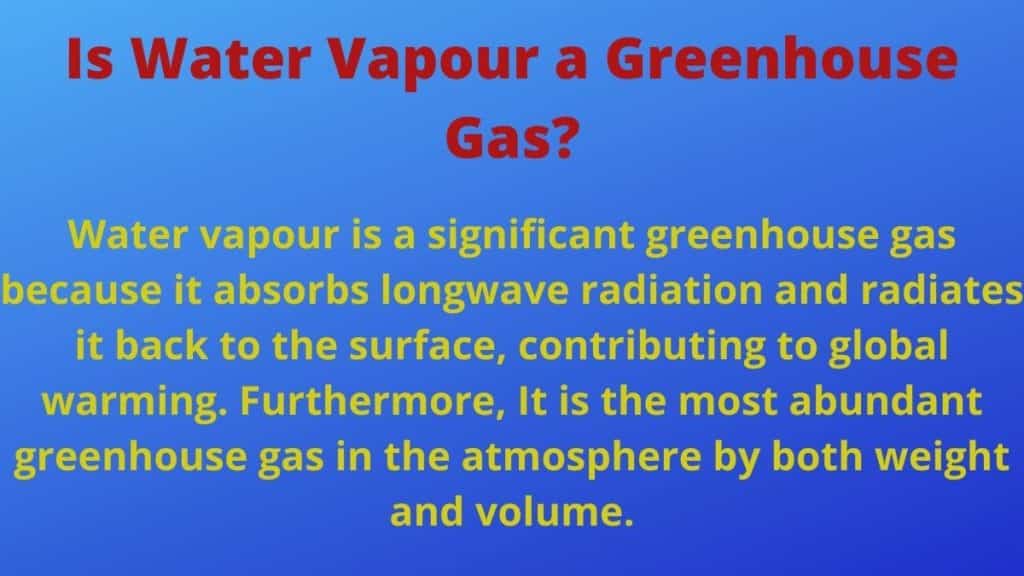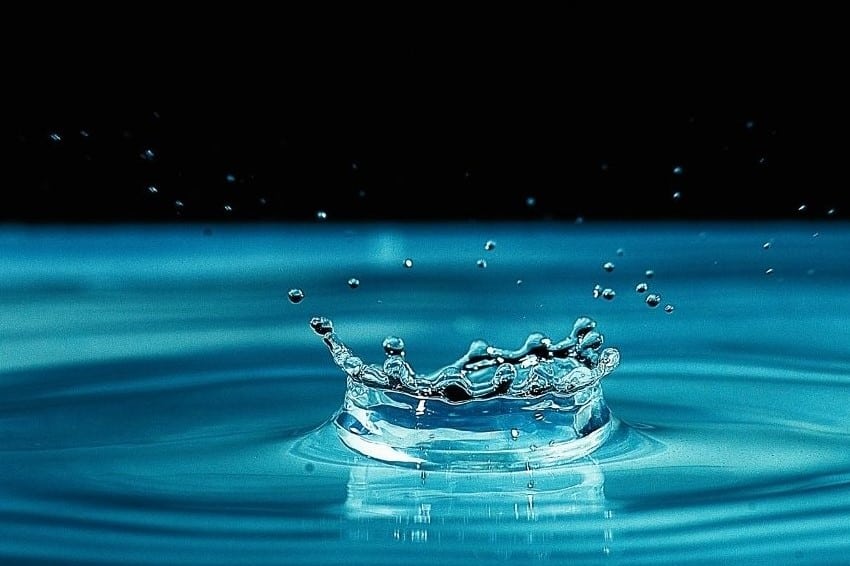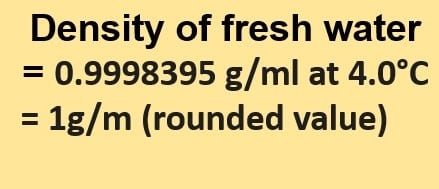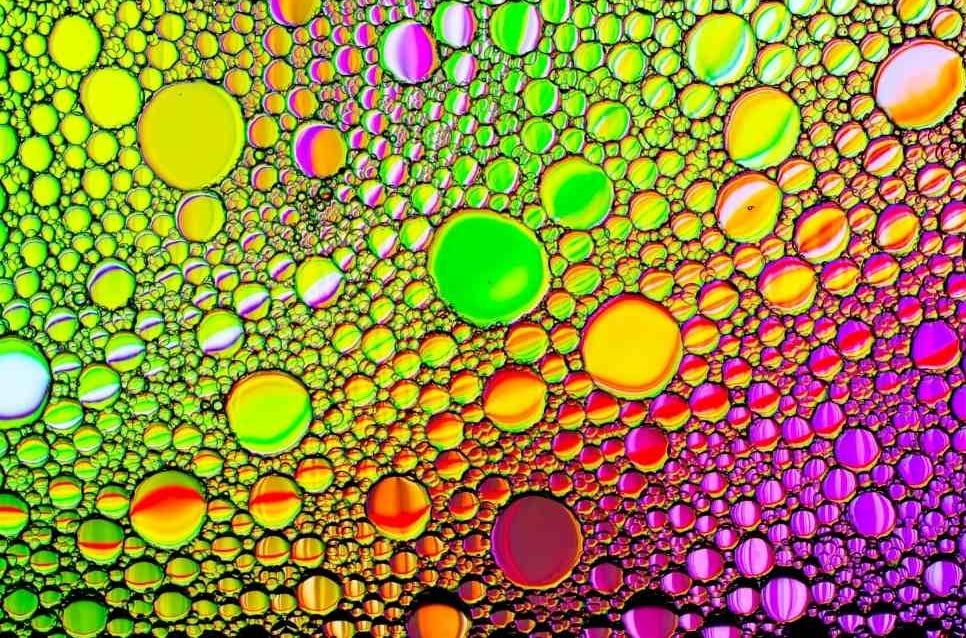Water vapor is a significant greenhouse gas because it absorbs longwave radiation and radiates it back to the surface, contributing to global warming. Furthermore, It is the most abundant greenhouse gas in the atmosphere by both weight and volume. However, Unlike other greenhouse gases, water vapor dissipates quickly (in a few days) from the atmosphere. Other greenhouse gases, such as carbon dioxide or methane, stay in the atmosphere for much longer periods of time (ranging from years to centuries), thus contributing to warming for much longer.

There is a direct relationship between water vapor and temperature. As the temperature rises, more water evaporates and becomes vapor. So when the temperature rises (from the burning of fossil fuels, for example), more water evaporates. Because water vapor is a greenhouse gas, the extra water vapor raises temperatures, creating positive feedback. Also, water evaporates from the land and sea constantly and falls as rain or snow. Thus, the amount of water vapor in the atmosphere varies greatly depending on the local weather. Even though water vapor is the most potent greenhouse gas, it is transient. However, natural geological processes take a long time to remove CO2 from the air. As a result, CO2 stays in our atmosphere for years and even centuries.
Table of Contents
What Are Greenhouse Gases?
Greenhouse gases contribute to the greenhouse effect by trapping heat in them. There are lots of gases that make up the earth’s atmosphere. Some of these gases are Carbon dioxide, Methane, and Nitrous oxide. These three gases are called greenhouse gases.
Greenhouse gases form a light blanket around the earth. When the sun’s rays hit the earth, some of them are absorbed. However, most of these rays are reflected. After hitting the upper atmosphere, greenhouse gases trap most of the heat. Some rays pass through and return to space. The rays that are caught by greenhouse gases travel in all directions. This keeps our planet warm. The earth would be cold if greenhouse gases did not trap the sun’s rays and heat. In fact, our planet would be -18°C cooler.
Earth requires a balance of greenhouse gases to keep life afloat. Human activities alter the natural greenhouse effect. For example, burning coal and oil adds to CO2 emissions.
5 Main Causes Of Global Warming
- Burning fossil fuels
- Deforestation
- Amount of methane produced by livestock.
- Production of Aerosols
- Land-use change
Summary
- The answer to the question “is water vapor a greenhouse gas?” is yes. water vapor is a greenhouse gas as it absorbs longwave radiation back to the earth’s surface.
- Water vapor and temperature are directly related. As the temperature rises, more water vaporizes.
- So, as the temperature rises (due to fossil fuel burning), more water evaporates. Water vapor is a greenhouse gas, so extra water vapor raises temperatures.
- Water vapor, unlike other greenhouse gases, dissipates quickly (in a few days). Many other greenhouse gases, such as carbon dioxide and methane, remain in the atmosphere for many years or centuries, thus contributing to warming.
- Life on Earth depends on a balance of greenhouse gases. Human activities change the natural greenhouse effect. Burning coal and oil increases CO2 emissions.
More Interesting Topics
Is Carbon Dioxide a Pure Substance?
Co2 Polar or Nonpolar
Density of Water in g/ml-Accurate Value
The Specific Gravity of Water
How Many Water Bottles is a Gallon| Examples
Frequently Asked Questions
1. What Are Greenhouse Gases?
Greenhouse gases contribute to the greenhouse effect by trapping heat in them. There are lots of gases that make up the earth’s atmosphere. Some of these gases are Carbon dioxide, Methane, and Nitrous oxide. These three gases are called greenhouse gases.
2. What is the ultimate source of energy?
The Sun is the ultimate source of energy, as well as our most significant source of energy. Sunlight drives primary productivity (photosynthesis), and all of our fossil fuels are sourced from plants that lived millions of years ago.
The Sun is the primary energy source for creatures and their environments. Plants and algae, for example, use solar energy to produce food energy by combining CO2 and water. Almost all food webs use this mechanism to transfer energy.
3. Is water a mixture?
Water is not a mixture. It is a pure hydrogen-oxygen compound. Simply put, hydrogen and oxygen react chemically to form a compound called water. Check the full article “is water a mixture?”.
4. What is the thermal conductivity of water?
Thermal conductivity is a property of materials that indicates their ability to conduct heat. The thermal conductivity of water is 0.591 W/mK. It is frequently denoted by the letter ‘k’ or, less frequently, the letter ‘lambda.’ Thermal resistivity is the reciprocal of thermal conductivity.
5. What is water potential?
Water Potential is a gradient of free water molecule concentration. The water potential increases with the number of free water molecules. Water moves from a high potential to a low potential region by osmosis. Due to the low water potential, there are few forces driving the water to move, so it tends to stay put. Because there is no solute and no pressure, pure water has no water potential.
7. What is the specific gravity of water?
The specific gravity of water is 1 at 4 degrees Celsius because this is the standard value used by scientists to determine the specific gravity of various substances. However, A water sample was taken at a different temperature or pressure, or one that contains impurities has a slightly different specific gravity value.
8. What is the surface tension of water?
Surface tension refers to the ability of a liquid’s surface to resist an external force because of its molecules’ cohesion. At 20 °C (68 °F), the surface tension of water is 0.07275 joules per square meter.
9. What is the melting point of water?
The melting point of pure water ice at 1 atmosphere of pressure is very close to 0 °C, which is 32 °F or 273.15 K.
10. How many cups in a gallon?
A US liquid gallon is equal to 16 cups, and a US dry gallon is equal to 18.61 cups. In the United States, one cup equals half a pint (236.6 ml).
To get a more detailed answer, click “how many cups in a gallon.”
11. Is boiling water a chemical change?
At one atmosphere of pressure, the boiling point of water is 100 °C or 212 °F (sea level). The value, however, is not constant. The boiling point of water is affected by atmospheric pressure, which varies with elevation.
12. What is the density of water in lbft3?
Density is a physical property that expresses the mass per unit volume. In the case of liquid water, the density of water is close to 1000 kg/m3, though it varies slightly depending on temperature. The density of water lb/ft3 is 62.428 lb/ft3.
More Links
Conduction in Physics| Easy Examples
Weathering vs. Erosion
Static Pressure| Definition, Meaning, and Examples
Thermal Diffusivity
Quarks in Physics
Photonics
- BCl3 Lewis Structure in four simple steps - November 1, 2023
- PH3 Lewis Structure in four simple steps - October 8, 2023
- PF3 Lewis structure in four simple steps - September 24, 2023



